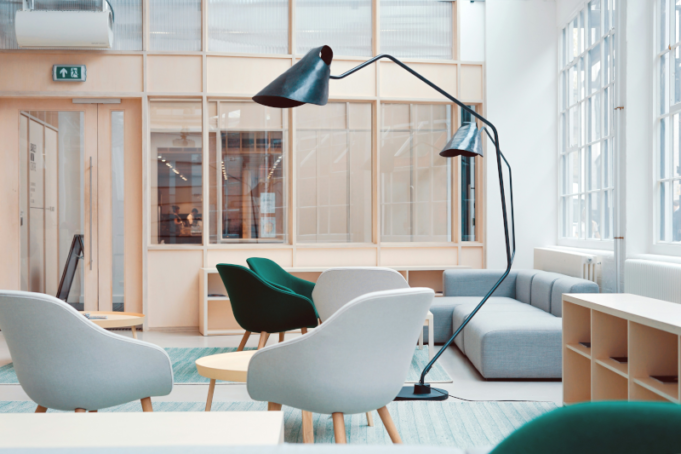Creating a patient-centered design in hospital facilities is nothing short of revolutionary for enhancing the patient experience and fostering a comforting environment. By weaving interactive and thoughtful design elements into the fabric of hospitals, we can dramatically reduce patient anxiety and transform healthcare spaces into welcoming sanctuaries.
A Magical Forest at LLUCH
Picture this: stepping into a hospital and being greeted by a magical forest. That’s the enchanting reality at Loma Linda University Children’s Hospital (LLUCH) in California, thanks to the visionary team at NBBJ. This delightful installation features screens that showcase a vibrant California landscape, where children can create and customize their very own animal companions. These charming critters are then released into a whimsical digital forest, turning a trip to the hospital into an exciting adventure. With soothing sounds of rustling leaves and flowing water, this 415-square-foot interactive experience transforms a stressful visit into a magical journey.
Drawing inspiration from the most engaging spaces—like libraries, children’s museums, and games—the design team has crafted an environment that captivates and calms young patients. This imaginative approach demonstrates how patient-centered design can elevate hospital visits from dreaded to delightful, significantly boosting the emotional well-being of children and their families.
Cutting-edge Design at Nemours Children’s Hospital
Taking patient-centered design to dazzling new heights, Nemours Children’s Hospital in Orlando, Florida, partnered with IDEO to create a facility that truly puts families first. This hospital masterfully guides and supports families through uniquely designed environments and integrated service moments. With innovations like Care Team Room IDs, which ensure every patient meets their entire care team, and Smart Bracelets that offer personalized interactions, Nemours delivers continuity and exceptional care.
Family lounges with private dining rooms and kitchenettes invite families to cook and dine together, making the hospital feel more like a home away from home. This thoughtful design goes beyond addressing medical needs, nurturing the emotional and social well-being of patients and their loved ones. Nemours Children’s Hospital is a shining example of the transformative power of patient-centered design.
Top Strategies to Boost Patient-Centered Design
- Engage Patients and Families: Regularly collect feedback from patients and their families through surveys and focus groups to understand their needs and preferences.
- Personalize Patient Spaces: Create customizable patient rooms, allowing individuals to control lighting, temperature, and other elements for a more personalized and comfortable stay.
- Enhance Wayfinding: Install clear signage and digital navigation aids to help patients and visitors easily find their way around the facility.
- Integrate Technology: Utilize smart technologies like RFID-enabled bracelets and digital information screens to provide personalized and efficient patient care.
- Promote Positive Distractions: Incorporate interactive displays, art installations, and entertainment options to provide engaging distractions and enhance the overall patient experience.
The Future of Healthcare
By embracing these strategies and continuously seeking patient feedback, hospital facility management can craft environments that not only address medical needs but also offer a supportive and comforting atmosphere conducive to healing. Patient-centered design is about more than just aesthetics; it’s about creating spaces that foster positive experiences, alleviate stress, and promote the overall health and well-being of patients and their families.






